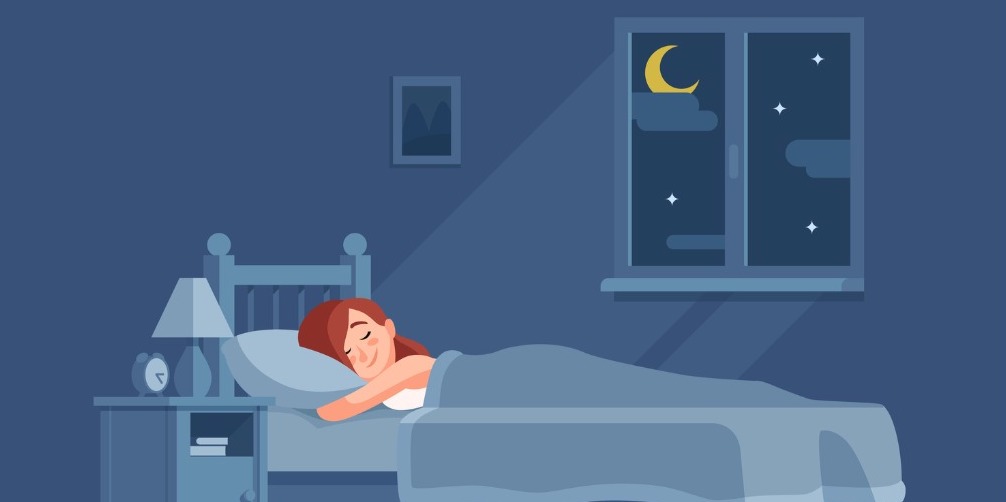
Alarming findings from new survey
A new poll from the National Sleep Foundation (NSF) has revealed alarming findings about sleep health in America1—with significant implications for sleep apnea diagnoses—both obstructive sleep apnea and central sleep apnea. The Sleep in America® poll showed two particularly pertinent pieces of information that have implications for clinicians concerned with sleep health and disorders like sleep apnea:
- Americans feel sleepy on average three times a week
- 62% of those sleepy people cite “shaking it off” as their primary response
In summary, the Sleep in America poll shows a rising level of sleepiness and a low level of action to address it. These results understandably could cause concern for everyone in sleep medicine especially those clinicians who make sleep apnea screening, diagnosis and treatment a goal. While the sleep apnea symptoms and number of respondents who admitted to having the symptoms are something that clinicians might consider to be important, a concern that is even arguably more concerning is the perception of the respondents around these symptoms and a lack of action toward them.
NSF’s Sleep in America poll—a comprehensive study
The Sleep in America poll has been conducted annually since 1991 by the NSF. The NSF is dedicated to improving health and well-being through sleep education and advocacy.1 The organization shines a light on sleep apnea and other sleep disorders throughout the year, but with a special emphasis in March.
Sleep Awareness Week—seven days of focus on sleep health
One of the many NSF education programs is Sleep Awareness Week®, March 14th-20th.2 The week is held leading up to the start of Daylight Savings Time, when most Americans lose an hour of sleep. It comes at a time that is especially pertinent. As specific parts of the poll along with the perceptions that the patients have communicated through the poll, prove the importance of awareness around sleep as an integral piece of the overall health puzzle.
Americans open up about sleep problems
Nearly half of all respondents in the NSF’s Sleep in America poll1 reported feeling sleepy three to seven days a week, with many saying sleeplessness impacts their daily activities, mood, mental acuity, productivity and more. Headaches and irritability are also mentioned. These findings in combination with studies showing that up to 80% of sleep apnea cases are undiagnosed, increases the awareness around a problem that has been ongoing for a number of years.
But what will study participants do about sleeplessness?
What is not mentioned by respondents is any kind of a permanent solution—or recognition that a solution may be needed. The overwhelming answer to the poll question “Do you think you have a sleep problem, or not?” was No. Second was Maybe and trailing was Yes.1 This specific point within the poll alludes to a need for increased patient awareness around what sleeplessness and other sleep-related symptoms could mean for their overall health.
Unrecognized sleep disorders and undiagnosed sleep apnea
Obstructive sleep apnea (OSA) is a highly prevalent disease that remains underdiagnosed and undertreated.3 The reasons for that may be as complex as the disease. A lack of public knowledge about just what sleep apnea is, along with low awareness of sleep apnea tests and sleep apnea devices, may likely be significant reasons why. A possible consideration for sleep clinicians, general practitioners, cardiologists, and even dental professionals is to make talking points about sleep a part of their routine patient consultations, just as they would discuss diet or exercise in the context of overall health.
Another tool for sleep clinicians in the battle against sleep disorders
In addition to raising awareness with their patients, there are options that would make the screening, diagnosing, and treatment process much easier than the traditional protocol of the in-clinic PSG. An at-home sleep apnea test like the WatchPAT® ONE is a reliable, affordable, disposable option.4,5In the time of the COVID-19 pandemic, an at-home diagnostic could likely be more welcome to patients and clinicians alike. Once the simple test is delivered to the patient’s home and completed in their own beds, physicians can review the automatic results through the CloudPAT® and discuss them with the patient. This means that with home sleep tests like the WatchPAT® ONE, there is potential for getting a sleep apnea patient diagnosed without the need for any in-office visits. Quick, painless, accurate, and no risk of infection. An at-home diagnostic test like the WatchPAT®ONE is an important first step toward better sleep health.
The time to act is now
The NSF’s Sleep in America poll is a comprehensive study of sleep health in the country.1 Beyond the numbers, it also highlights areas of concern. The two most alarming areas of concern are the two highlighted previously. This combination—high reported levels of sleeplessness, together with low reported levels of action regarding that lack of sleep—is two roads going in the wrong direction. Sleep clinicians could be leading the way toward addressing this troubling trend, and the NSF’s intention of increasing patient awareness could encourage other types of clinicians to include this frequently ignored area of health into their typical protocols. Everyone could sleep better knowing that.
References:
- National Sleep Foundation Press Release. https://www.thensf.org/2020-sleep-in-america-poll-shows-alarming-level-of-sleepiness/ March 9, 2020.
- National Sleep Foundation Press Release. https://www.thensf.org/national-sleep-foundation-prepares-for-sleep-awareness-week-2021/ February 19, 2021.
- American Academy of Sleep Medicine. Press Release. https://aasm.org/aasm-response-to-screening-for-obstructive-sleep-apnea-in-adults-evidence-report-and-systematic-review-for-the-us-preventive-services-task-force/ January 24, 2017.
- Itamar Medical Blog. WatchPAT—Home Sleep Study Device https://www.itamar-medical.com/patients/watchpat-home-sleep-testing
- American Academy of Sleep Medicine. FDA clears disposable home sleep apnea test. https://aasm.org/fda-clears-disposable-home-sleep-apnea-test/ February 18, 2020.
